London is a city open to the world. No matter where you are from, how you identify, and who you love, London is for everyone. And to be LGBTQ+ in London is to hit the real jackpot! The community as a whole is huge, there are several gayborhoods all over the city, and there’s a bar or club for any niche you can imagine—whether you are a techno-loving queer, a pumped-up Circuit gym bunny, a Lady Gaga-worshipping twink, a BDSM aficionado, a lesbian punk… anything you could possibly imagine. Everyone is different, and difference is celebrated; that is the core of what London is. It’s also at the core of what Pride is, and you’ll see all these types and more marching at Pride in London every year.
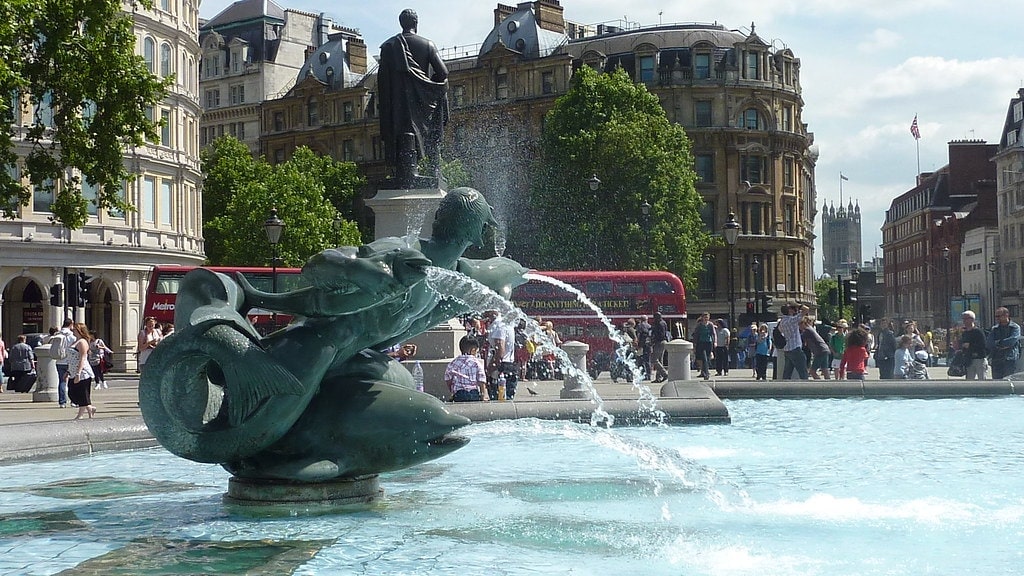
London Pride, also known as Pride in London, embodies the city’s love for self-expression as people gather in central London for a joyous celebration and demonstration of progress and diversity. It’s beautifully chaotic and a lot of fun. This year promises to be London Pride’s biggest celebration to date!
About London Pride – Herstory
Pride in London is a two-week celebration taking place in June with parties, art exhibitions, film screenings, and talks on topics relevant to the LGBTQ+ community across the city. The crowning event is the huge parade on the last Saturday kicking off at midday from Park Lane—late enough to allow for any hangovers from pre-Pride celebrations to fade. The parade passes through the city center, including the iconic Oxford Street, with plenty of space for spectators to position themselves and enjoy the spectacle. After the parade, there are street parties, events, concerts, and clubs galore until the early morning, centered around Trafalgar Square and Soho.
Unsurprisingly for the capital city, London Pride is the longest-running and largest Pride festival in the UK. An estimated 1.5 million people attend each year, a mix of Londoners and visitors alike.
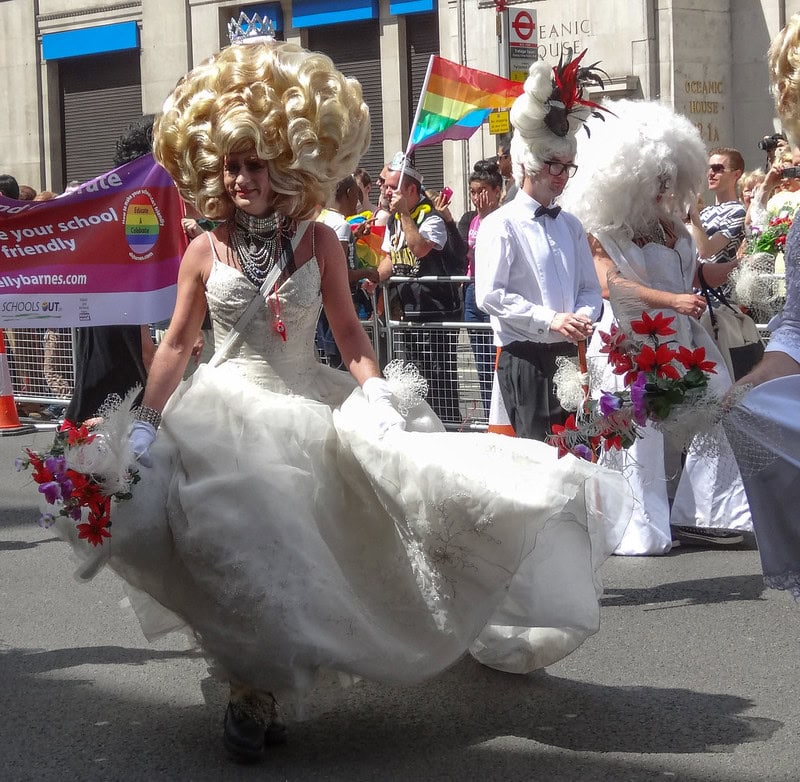
The first official Pride event in the UK was the Gay Pride Rally on July 1, 1972—just shy of the three-year anniversary of Stonewall. However, even before that, the first public event took place in 1970, when 150 men marched through Highbury Fields in North London. In 1983, the march’s name was changed to “Lesbian and Gay Pride.”
A key event in Pride’s history happened in 1985 when an unlikely alliance was formed with mining groups. A group of LGBTQ+ people, called the Lesbian and Gay Support the Miners Group, joined miners in their fight against Thatcher’s anti-protest laws in Britain. In turn, the miners marched at Pride, becoming a fundamental part of the UK LGBTQ+ rights movement, as depicted in the film Pride. Numbers further increased when Thatcher introduced Section 28 in 1988—a law that banned the “promotion of homosexuality” in schools.
In 1996, as progress continued, members of the Pride Trust voted to change the name once more to “Lesbian, Gay, Bisexual, and Transgender Pride.” During the '90s, the political side of Pride was somewhat tempered by carnivals, concerts, and street parties, as it became the largest free music festival in Europe. Still, the march for progress remained uphill—figuratively speaking—but not without a few bumps in the road.
Many organizations have helmed London Pride over the years, with some controversies leading to infighting, such as during WorldPride, when a major sponsor withdrew support. This led to the charity being unable to raise the necessary funds, the stages being cut, and license applications for street parties in Soho being withdrawn, resulting in a muted parade without floats.
Thankfully, since then, things have been better handled, and it is now run by Pride in London, who manage a tight, rainbow flag-flying ship. Dedicated to its three pillars of “visibility, unity, and equality,” they are a non-profit organization using their own staff and around 150 volunteers every year to run the world-class event. Any surplus profits are reinvested into the LGBTQ+ community and directed toward a range of LGBTQ+ causes, including HIV/AIDS charities and queer mental health organizations.
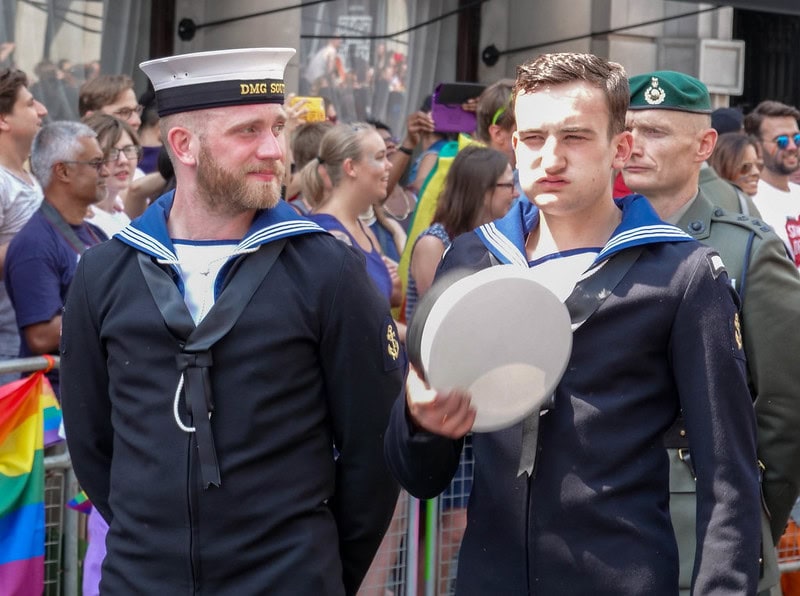
Themes and Activities – What to Do!
As of last year, London Pride’s parade reverted to taking its historical “heritage route,” beginning at Park Lane near Hyde Park Corner, then marching past Green Park, up to Piccadilly Circus, down Haymarket and Pall Mall, to Trafalgar Square. Officially, the parade starts at midday, and entrants should get there before eleven—but have you ever known these things to be on time? If you aren’t the type to rub shoulders with the crowds, you can also watch the action with an unimpeded view by booking yourself a spot in the Grandstand on Haymarket for around £50.
After the parade, Trafalgar Square becomes abuzz with gay activity, featuring drag shows, pop artist concerts, DJ sets, and political speeches. The lineup is yet to be announced, but check back here when the information is released. In recent years, events have included the Pride’s Got Talent show (like Britain’s Got Talent, only for LGBTQ+ folk) and dance-offs.
Up in Soho—the gayborhood just a ten-minute walk from Trafalgar Square—you’ll find LGBTQ+ folk filling Old Compton Street outside the bars and “picnicking” in Soho Square—bring your own Pimms! Afterward, every queer club worth its weight in glitter will be running the night, including the legendary Heaven—though expect big queues.
Every year, London Pride has a theme, which can be found on their website shortly before the festivities begin. Previous themes have included ‘All Our Pride’ (showing solidarity with all members of the LGBTQ+ community in light of the rise in transphobia in the UK), ‘Pride Matters’ (drawing attention to the need for Pride), and ‘Love Happens Here’ (celebrating positive LGBTQ+ relationships while fighting hate crimes). Themes like these drive home the point that Pride is both a protest and a party.
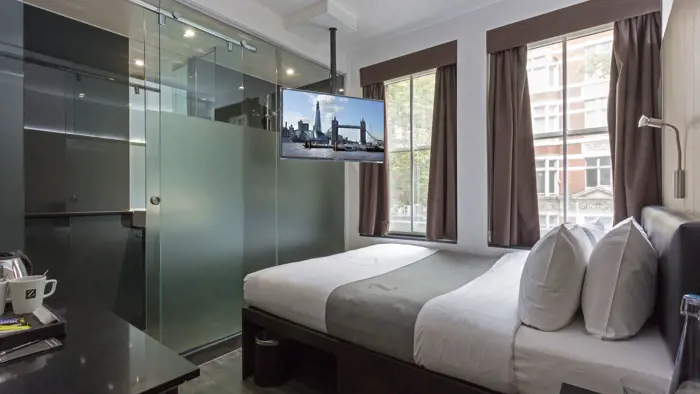
Top 5 Gay Hotels in London – Where to Stay!
Now that you’ve decided to head to Pride, the question is where to make your base camp. Here are our top five:
The Z Hotel Soho – If you’re looking to be right in the heart of the gay action and don’t intend on doing a lot of sleeping, this gay-friendly hotel is the perfect choice for a Pride home base. You’ll be just off Old Compton Street, within easy staggering distance of your hotel if your night gets a little wild. The rooms are compact but luxurious, and there’s even a complimentary continental breakfast served in the Z Café below it every morning—to help soak up that hangover.
Park Plaza London Riverbank – Conversely, if you want to stay in the center but seek a respite from the chaos, this hotel on the south side of the River Thames, across from the Tate Britain gallery, ticks all the boxes. The hotel features a fitness center, indoor pool, sauna, and steam room. Every room has EU/US power sockets, a large work desk, a laptop safe, and a minibar. For a bit more, you can request a room with a river or skyline view.
Montcalm Piccadilly Townhouse, London West End – For an upscale five-star option, this hotel is just 1,000 feet from Leicester Square and a 5-minute walk from Piccadilly Circus—putting you firmly on the parade route, with some rooms providing a view of the parade from your balcony. The property has a fitness center, modern boutique bedrooms with mood lighting, and a luxury bathroom with free toiletries and fluffy bathrobes.
The LaLit London – Another pricey but classy choice, close to the Pride action but far enough to retreat from the crowds. The LaLit London is just a 5-minute walk from Tower Bridge and offers luxurious rooms featuring a complimentary minibar (always welcome), a flat-screen TV, comfy beds, and a private bathroom complete with bathrobes and slippers.
Stylotel – For an affordable option just a 5-minute walk from Hyde Park (near where the parade starts), Stylotel is a state-of-the-art property set between two 19th-century townhouses, with ultra-modern, contemporary rooms. Each room features satellite TV, a work area, and a luxury private bathroom with a walk-in shower.
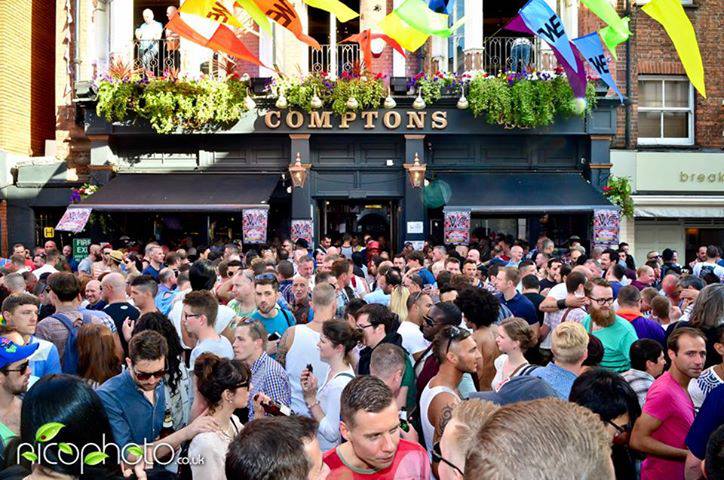
Top 5 Gay Bars in London – Where to Drink!
When at London Pride, you’ll want to head to Soho and sample the many gay bars that will be humming all day. Here are five of the greats:
Comptons of Soho – The favored watering hole of Soho’s bears is, in fact, welcoming to all and a fabulous place to visit during Pride. It’s an institution of the area, serving London’s gay community for decades. The decor is a traditional-style wood-paneled pub with two floors and lots of mature men frequenting them.
The Yard – It’s not milkshakes that bring all the boys to The Yard, but its huge garden courtyard, sexy topless bartenders, and general good vibes. Inside is pretty spacious too, with a loft-style upstairs boasting cool-looking exposed brick and wooden beams. Expect a mixed crowd during Pride and a welcoming atmosphere.
G-A-Y Bar – They literally spell it out for you, so it should come as no surprise that this is one of the most popular gay bars on Old Compton Street, especially during Pride. The drinks are cheap… well, cheaper than most of the other bars on the strip, and there are three floors of cheesetastic music. The top level even has a small terrace. The crowd tends to be on the younger side.
Ku Bar Soho – On the corner of Lisle Street and Newport Place, this “Award-Winning Gay Bar” is one of Soho’s best and consists of three levels, including a low-lit gay club downstairs that will be filled with topless wonders the second it opens. Stop by for the champagne bar, nightly DJs, friendly atmosphere, and the very attractive men behind the bar.
The Village – You can’t miss this bar, as it sits at the far end of Compton Street, and its patrons are sure to spill out onto the street during Pride. It’s chandelier-lit and has three floors: the ground and top floors have your typical English gay pub style, while downstairs you’ll find a DJ spinning pop tunes. Oh, and they have go-go boys!
Pride in London is joyous; it's a full-blown, heart-thumping, show-stopping celebration of love and liberty. Whether you're there for the parade, the parties, or to simply bask in the pure gay energy, just remember: if you leave Pride without glitter in places you didn't know existed, did you even go?
FAQ
When and where does London Gay Pride typically take place?
London Pride typically takes place over two weeks from mid to late June, with the biggest day on the last Saturday. The parade kicks off at midday from Park Lane in central London, culminating in a huge free street concert at Trafalgar Square and a party in Soho afterward. Be there!
What events and activities can I expect during London Gay Pride?
Expect a huge parade marching through the center of London, a stage in Trafalgar Square with drag shows, concerts, and speeches, a street party in Soho, and lots of clubs hosting special events.
Is London Gay Pride open to everyone, including allies?
Yes, London Pride—just like every Pride—is open to all. It’s for all sexualities, gender identities, and ages.
How can I get involved with or support London Gay Pride as a volunteer or sponsor?
Visit Pride in London website and either complete the volunteer application form or sign up as a sponsor. Applications for this year aren't open yet but watch this space to apply to be one of the 600 groups marching in the official parade. If you’re part of a community group, employee network, or non-profit wishing to join the parade, you can also apply. The parade also relies on a team of volunteers who donate their time to help fundraise, steward, and ensure that the day runs smoothly.

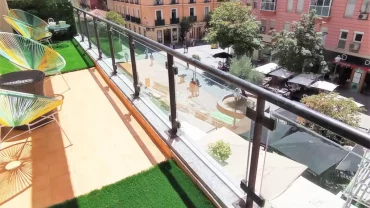

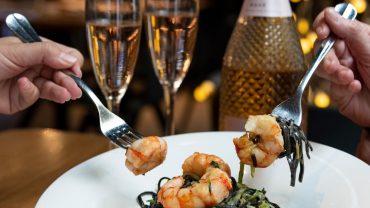
Comment (0)